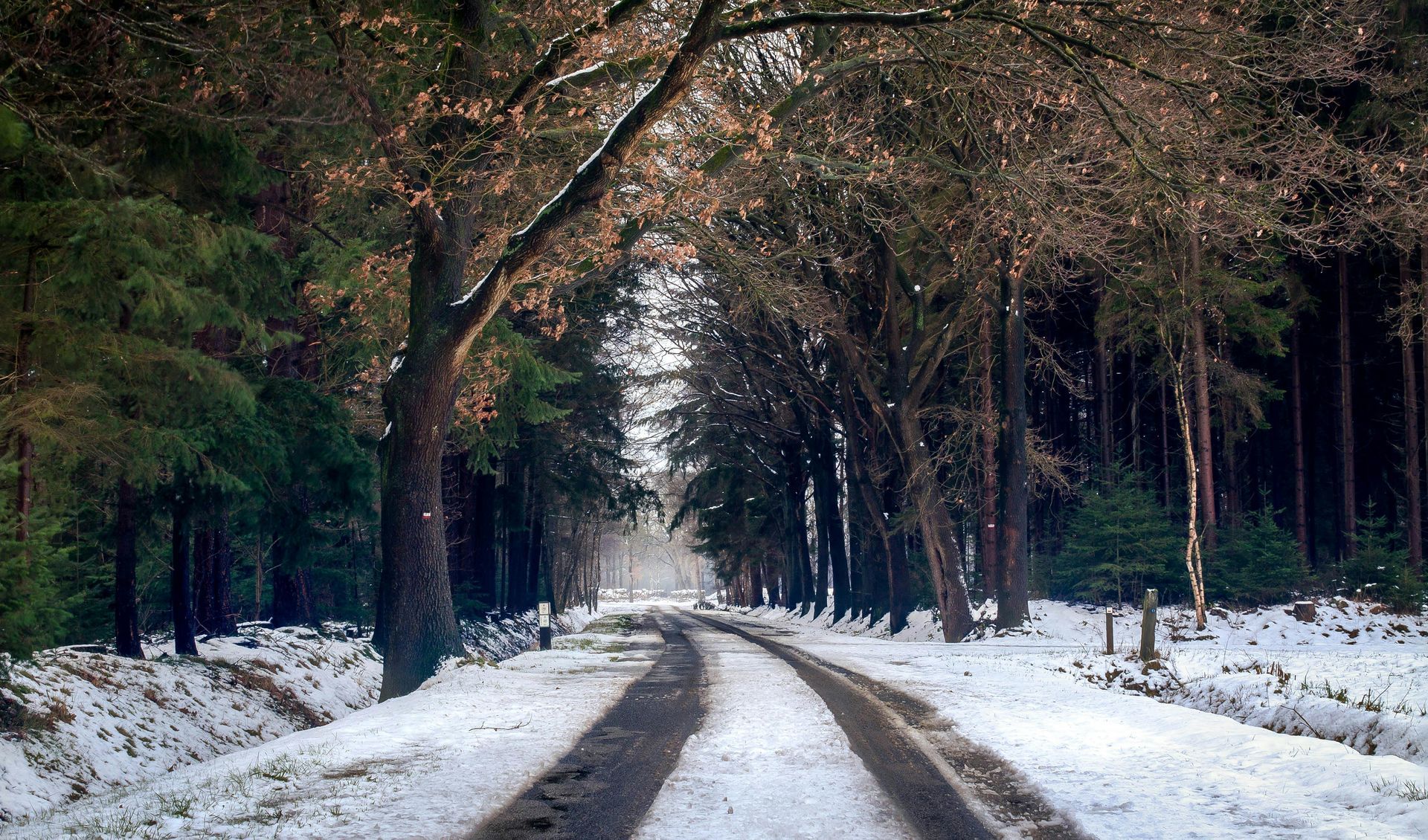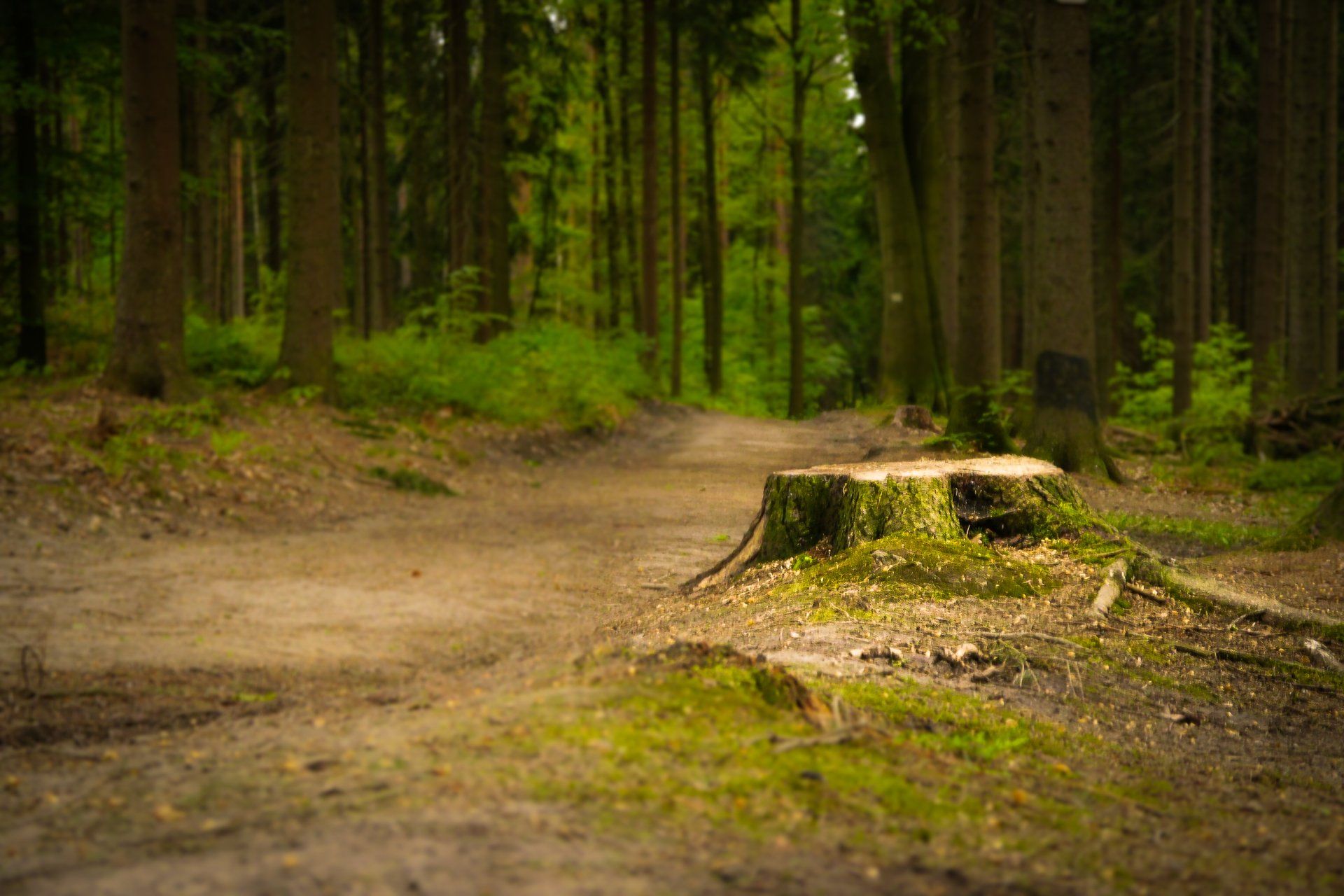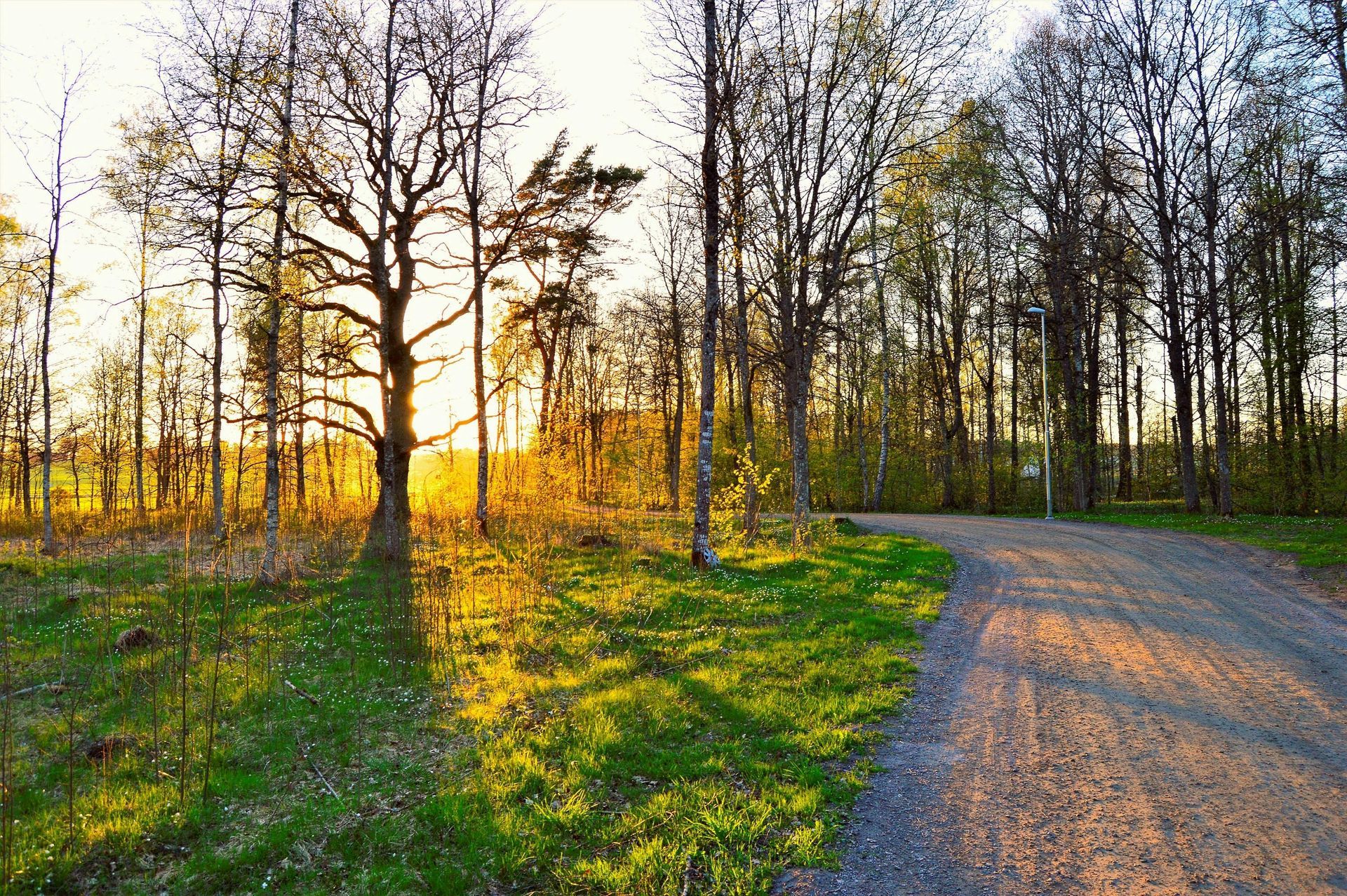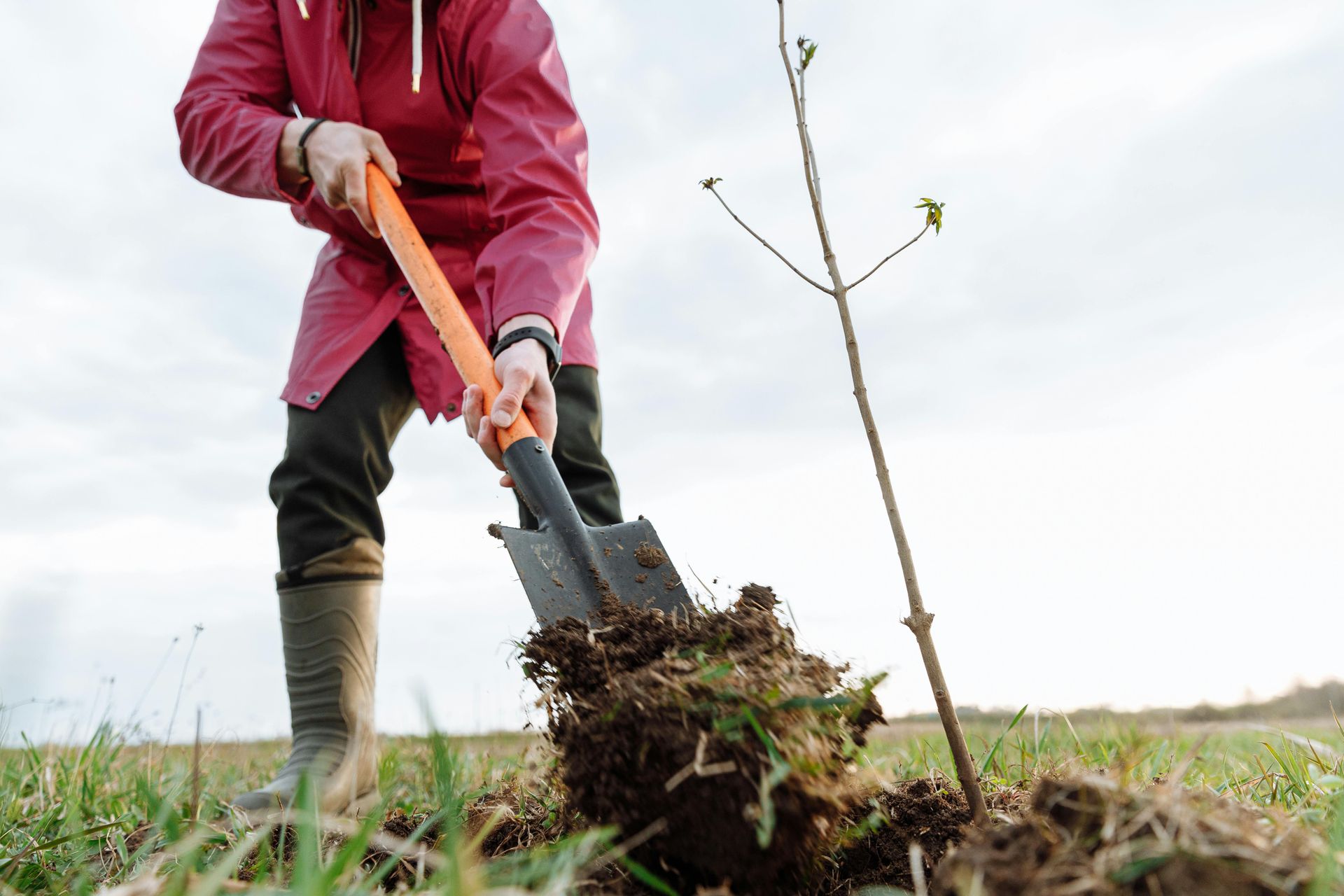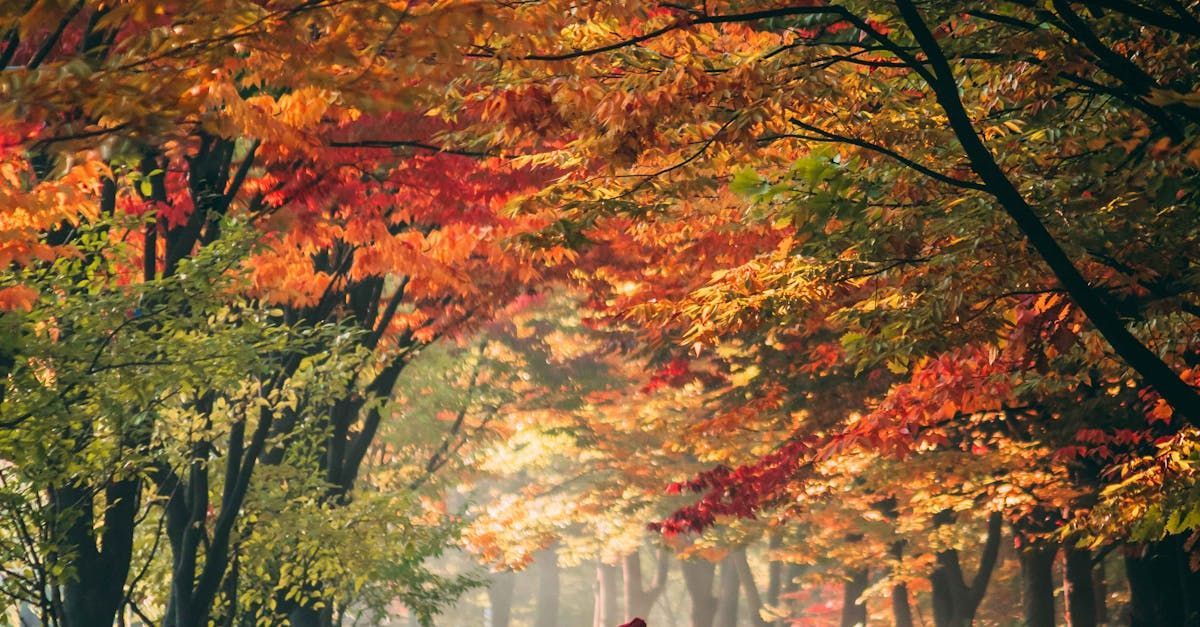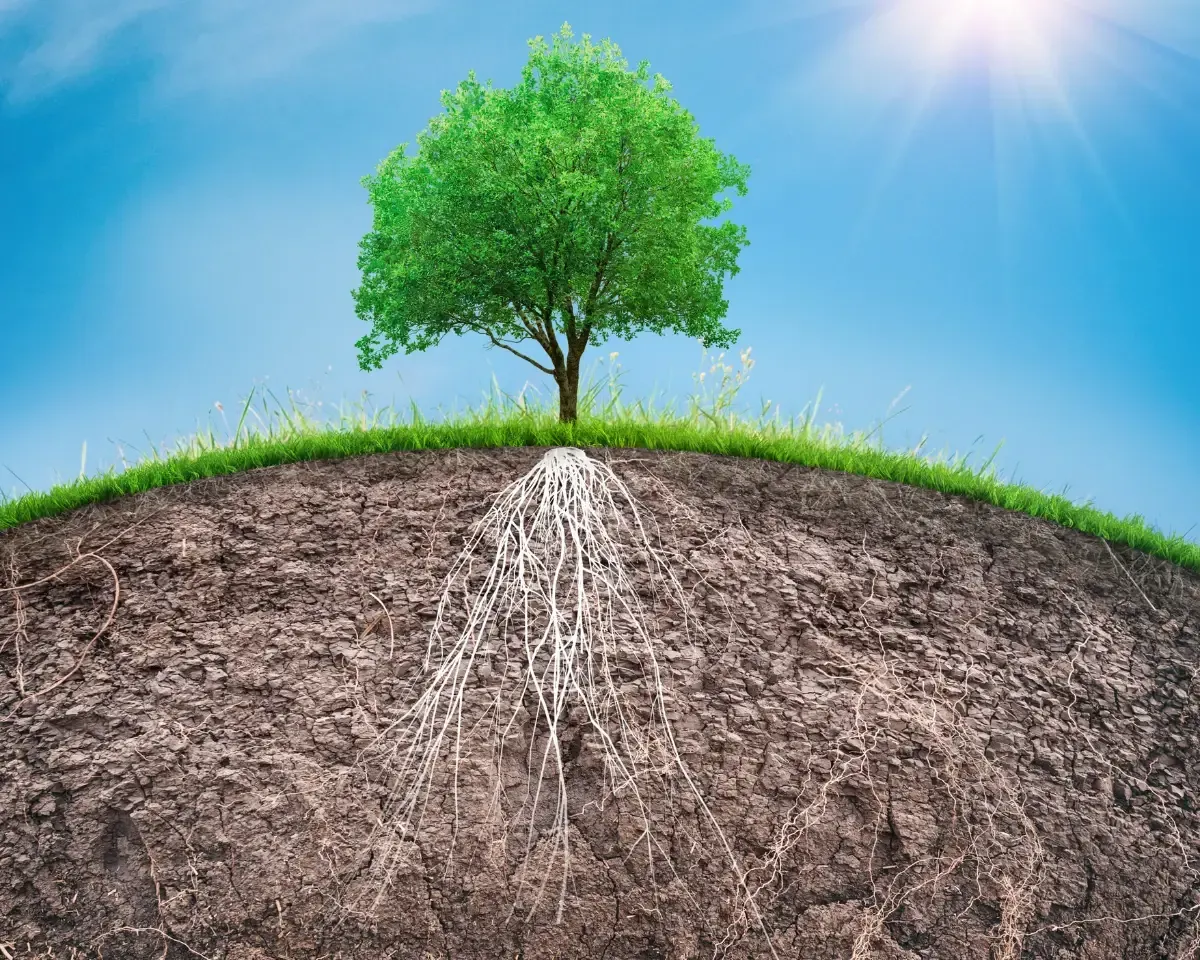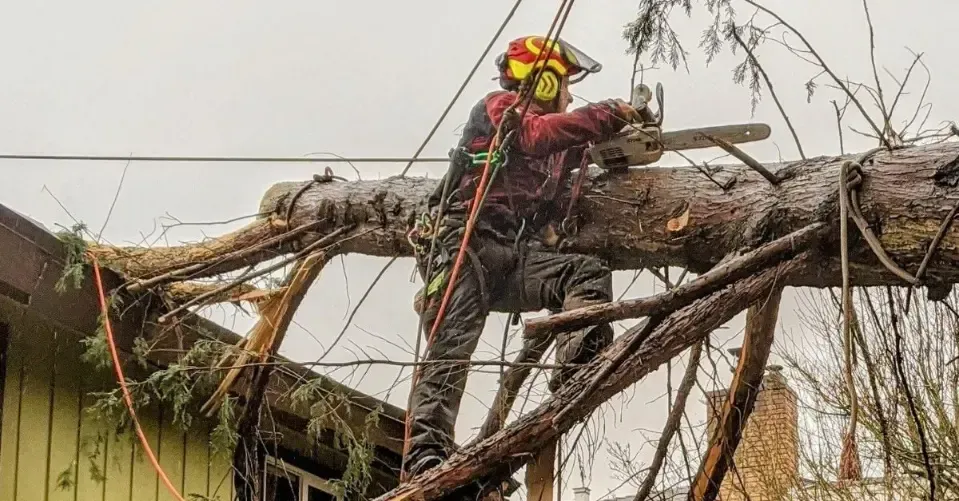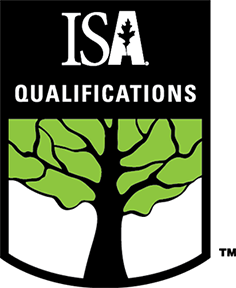From Cedars to Firs: Exploring the Diversity of Pacific Northwest Trees in Books
From Cedars to Firs: Exploring the Diversity of Pacific Northwest Trees in Books
Nestled in the lush, verdant wonders of the Pacific Northwest, a hidden world of trees awaits exploration. From the towering cedars that centuries-old tales have been woven around to the majestic firs that stretch towards the sky, the region's forestry has captivated both locals and visitors alike for generations. But did you know that the diversity of these magnificent trees can also be discovered within the pages of books?
In this article, we delve into the rich tapestry of Pacific Northwest trees as portrayed through literature. Whether you're a nature enthusiast seeking to deepen your understanding of the region's arboreal wonders or an avid reader keen on discovering captivating stories set in this picturesque landscape, this exploration will guide you through an array of literary works that celebrate the beauty, resilience, and cultural significance of these trees. Join us as we traverse literary trails that highlight the grandeur of the cedars, the serenity of the firs, and the captivating narratives that intertwine with their existence. Get ready to embark on a literary journey that brings the magic of the Pacific Northwest's trees to life.
Importance of trees in the Pacific Northwest ecosystem
The Pacific Northwest is renowned for its remarkable biodiversity, and trees are at the heart of this thriving ecosystem. The towering giants provide shelter, food, and a habitat for countless species of flora and fauna. From the iconic Western Red Cedars to the Douglas Firs, these trees play a vital role in maintaining the delicate balance of nature in the region. Not only do they contribute to the overall health of the ecosystem, but they also provide numerous benefits to human communities, including clean air, water filtration, and natural resources. The Pacific Northwest owes much of its unique beauty and ecological richness to these magnificent trees.
The significance of trees in the Pacific Northwest is deeply ingrained in the culture and history of the region. Native American tribes have long revered the cedars and firs, using them for shelter, tools, and spiritual ceremonies. The ancient wisdom and traditions associated with these trees have been passed down through generations, creating a profound connection between people and nature. Furthermore, the logging industry has played a significant role in the economic development of the Pacific Northwest, shaping the landscape and communities in both positive and negative ways. Understanding the importance of trees in the region is crucial for appreciating the diverse literary representations of Pacific Northwest trees.
Famous Pacific Northwest trees in literature
Literature has long been a gateway to exploring the wonders of nature, and the Pacific Northwest's trees have inspired countless authors to weave their stories around them. One of the most famous examples is Jack London's "The Call of the Wild," set in the Yukon during the Klondike Gold Rush. While not exclusively focused on Pacific Northwest trees, London's vivid descriptions of the rugged wilderness and towering conifers evoke a sense of awe and adventure that has become synonymous with the region. Another notable work is David Guterson's "Snow Falling on Cedars," a novel set on a fictional island in Puget Sound. The majestic cedars serve as a backdrop for a story that delves into themes of love, justice, and prejudice, highlighting the cultural significance of these trees.
Analysis of tree symbolism in Pacific Northwest literature
Trees have long been symbols of strength, resilience, and wisdom in literature, and Pacific Northwest literature is no exception. The towering cedars and firs often represent a connection to the natural world, a source of solace, and a reminder of the cycles of life. In many works, the trees serve as a metaphor for the characters' personal growth, reflecting their journey towards self-discovery and understanding. The symbolism of trees in Pacific Northwest literature is multi-faceted, reflecting the intricate relationship between humans and nature in the region.
Notable authors and their portrayal of Pacific Northwest trees
Numerous authors have been captivated by the beauty and allure of Pacific Northwest trees, and their works reflect their deep appreciation for the natural world. Ursula K. Le Guin, a renowned science fiction and fantasy writer, often incorporated elements of the Pacific Northwest landscape, including its trees, into her stories. Her novel "The Word for World is Forest" explores themes of environmentalism and the consequences of exploiting nature, with the trees serving as a powerful symbol of harmony and balance. Another notable author is Robert Michael Pyle, whose book "Wintergreen" delves into the wonders of the natural world and the Pacific Northwest's trees through a collection of essays and observations. Pyle's keen eye for detail and poetic prose bring the trees to life, immersing readers in the splendor of the region's arboreal wonders.
Children's books featuring Pacific Northwest trees
Introducing children to the beauty and diversity of Pacific Northwest trees is a wonderful way to foster a love for nature and conservation at an early age. Several children's books celebrate the region's trees and provide engaging stories that educate and entertain. "The Tree in the Ancient Forest" by Carol Reed-Jones is a delightful picture book that introduces young readers to the interconnectedness of the forest ecosystem through the journey of a single tree. Another charming book is "The Watcher" by Nikki Grimes, which tells the story of a young girl who discovers the wonders of the natural world, including the majestic trees that surround her. These books not only instill a sense of wonder and appreciation for nature but also inspire future generations to protect and preserve these precious resources.
Environmental themes in Pacific Northwest tree literature
The Pacific Northwest has a long history of environmental activism, and literature has played a significant role in raising awareness about the region's ecological challenges. Many works of fiction and non-fiction explore themes of deforestation, habitat loss, and the impact of human activities on the delicate balance of nature. For example, "The Big Burn" by Timothy Egan chronicles the devastating forest fire that swept through the Pacific Northwest in 1910, highlighting the destructive consequences of uncontrolled logging practices. Other works, such as "The Wild Trees" by Richard Preston, delve into the fascinating world of canopy research and the importance of preserving old-growth forests. These literary works not only educate readers about the environmental issues facing the Pacific Northwest but also inspire them to become stewards of the land.
The impact of logging on Pacific Northwest tree diversity
Logging has had a profound impact on the diversity of Pacific Northwest trees. The rapid deforestation caused by the logging industry has led to the loss of old-growth forests and the displacement of countless species. However, efforts to protect and restore the region's forests have resulted in significant progress in recent years. Conservation organizations and government initiatives have focused on sustainable logging practices, reforestation efforts, and the preservation of old-growth forests. These efforts have not only protected the diverse array of tree species but also contributed to the overall health and resilience of the Pacific Northwest ecosystem. Understanding the complex relationship between logging and tree diversity is essential for addressing the challenges faced by the region and ensuring the preservation of its unique arboreal heritage.
Resources for further reading on Pacific Northwest tree literature
If this article has sparked your interest in exploring Pacific Northwest tree literature further, there are many resources available to deepen your understanding and appreciation. The following books are highly recommended:
- "Douglas Fir: The Story of the West's Most Remarkable Tree" by Steve Arno provides a comprehensive guide to the Douglas Fir tree found in the region, complete with detailed descriptions and stunning photographs.
- "Reading the Pacific Northwest: Contemporary Literature and the Eco-Cosmology of Place" by Mary Clearman Blew offers an insightful analysis of Pacific Northwest literature, including its portrayal of trees and the natural environment.
- "Northwest Coast Indian Art: An Analysis of Form" by Bill Holm explores the rich artistic traditions of Native American tribes in the Pacific Northwest, including their depictions of trees in various art forms.
These resources will further enrich your understanding of Pacific Northwest tree literature and allow you to delve deeper into the captivating narratives that celebrate the region's arboreal wonders.
- "Trees of Seattle" by Arther Lee Jacobson details the City of Seattle's 740 varieties of trees. Includes maps, drawings and an illustrated glossary.
- "The Pruning of Trees, Shrubs and Conifers" by George E. Brown is as comprehensive a guide to pruning as can be found.
- "Sunset Western Garden Book" by Sunset is perhaps the most trusted source of gardening information for the last 100 years
-“Native Trees of Western Washington: A Photographic Guide” by Kevin W. Zobrist This book includes photos of native trees and helps the reader identify and appreciate the diversity of Western Washington’s arboreal species.
-“A Field Guide to the Trees and Shrubs of the Pacific Northwest” by Mark Turner and Ellen Kuhlmann includes many of the trees you’d find in Seattle and provides plenty of helpful illustrations for identification.
